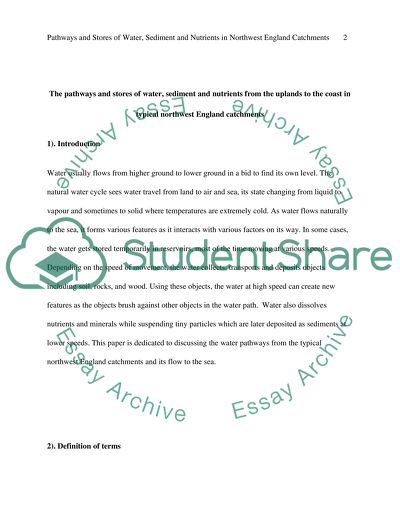Cite this document
(“Identify the pathways and stores of water, sediment and nutrients from Essay”, n.d.)
Retrieved from https://studentshare.org/geography/1430782-identify-the-pathways-and-stores-of-water-sediment
Retrieved from https://studentshare.org/geography/1430782-identify-the-pathways-and-stores-of-water-sediment
(Identify the Pathways and Stores of Water, Sediment and Nutrients from Essay)
https://studentshare.org/geography/1430782-identify-the-pathways-and-stores-of-water-sediment.
https://studentshare.org/geography/1430782-identify-the-pathways-and-stores-of-water-sediment.
“Identify the Pathways and Stores of Water, Sediment and Nutrients from Essay”, n.d. https://studentshare.org/geography/1430782-identify-the-pathways-and-stores-of-water-sediment.


